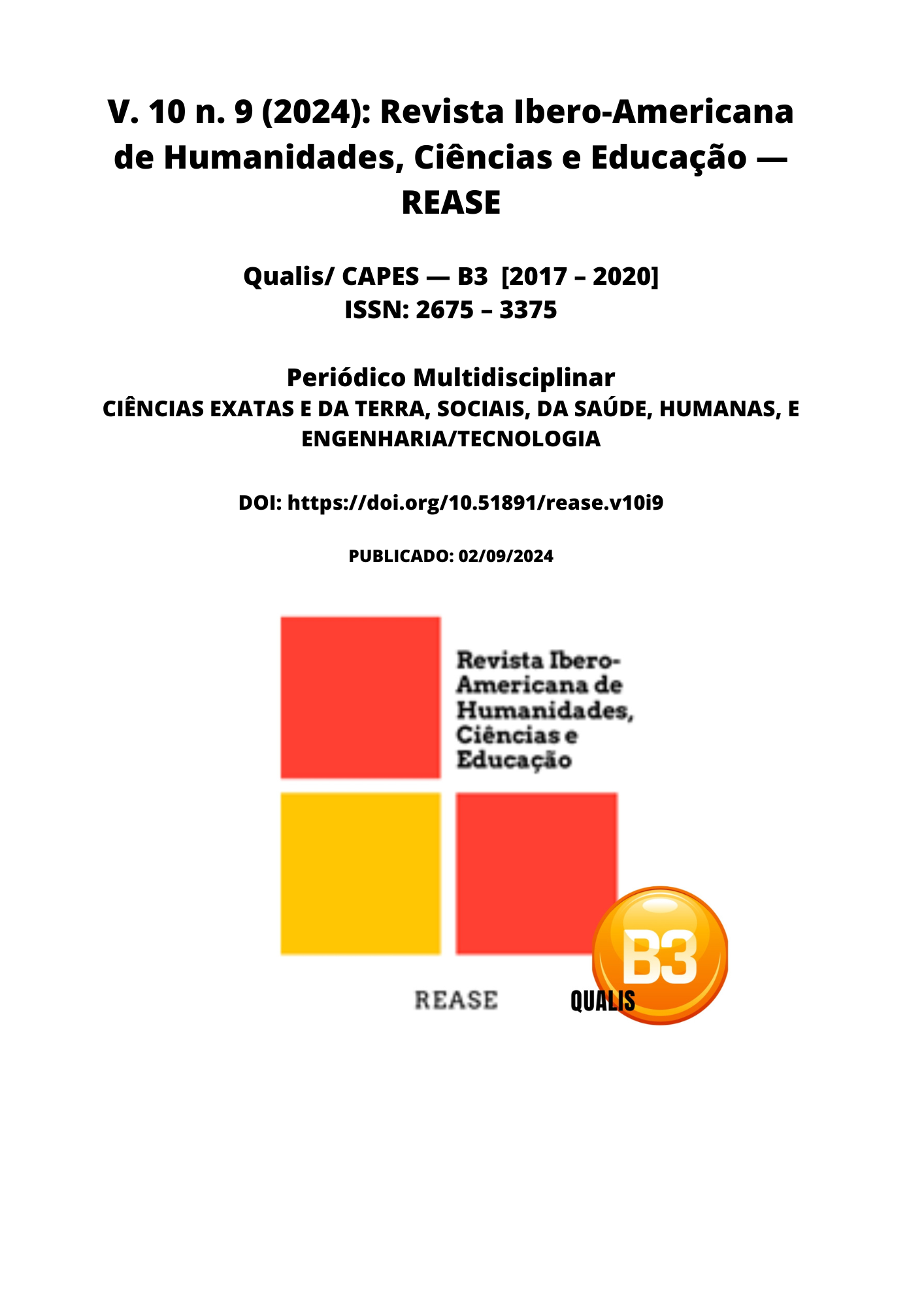WOMEN'S HEALTH THE IMPORTANCE OF CYTOPATHOLOGICAL EXAMINATION
DOI:
https://doi.org/10.51891/rease.v10i9.15597Keywords:
Prevention. Women's Health. Cytopathology. Self-care.Abstract
Introduction: It is pointed out that the Cytopathological examination is a test carried out to detect changes in the cells of the cervix, it is the main strategy for detecting lesions early. Cervical cancer, or cervical cancer, is one of the tumors that most affects the female population. The estimate is for an incidence of more than 16,500 cases for the year 2022. The infection occurs through contact with infected skin and mucous membranes and is transmitted, in most cases, through unprotected sexual intercourse. Data from the National Cancer Institute (INCA) indicate that this is the fourth cause of death from cancer among women in Brazil. The exam is indicated for the target population aged 25 to 64 and for women who have started their sexual life, every three years, after two consecutive normal annual exams (INCA, 2016; 2021). These recommendations aim to ensure a favorable balance between the risks and benefits of screening. Objective: To raise awareness among women about the importance of carrying out the cytopathological examination correctly. Methodology: This is a literature review based on bibliographic research with classification of a basic nature in the form of a qualitative approach, aiming to observe the importance of the Cytopathological examination in women's health, carried out from the selection of scientific articles and research with an approach to national production seeking to understand the importance of preventive exams. After defining the theme, a search was carried out in virtual health environments: Ministry of Health (WHO), Scientific Electronic Library Online (SCIELO) and Virtual Health Library (VHL). The following controlled descriptors were used: Nursing, Pap smear and Prevention. The next step was an exploratory reading of the publications, thus characterizing the literature review study. The inclusion criteria were the use of publications between 2019 and 2024, in Portuguese and the availability of the full article in the databases searched. Results: It is pointed out that many women are unaware of the importance of the Cytopathological exam and fail to do it correctly because of this factor, or even out of fear and shame, this can lead to late diagnoses and complications unnecessary. Conclusion: It is understood that cervical cancer is a disease that can be prevented by carrying out a preventive exam or having an early diagnosis. Furthermore, when diagnosed early, cervical cancer has a greater chance of being treated successfully. By carrying out the Cytopathological exam regularly, it is possible to identify changes in the cells of the cervix even before they become cancer. This allows interventions to be carried out early, such as treating pre-cancerous lesions, thus reducing the risk of developing cervical cancer. Therefore, raising awareness about the importance of prevention and early diagnosis of cervical cancer is essential to reduce its incidence and mortality.
Downloads
Downloads
Published
How to Cite
Issue
Section
Categories
License
Atribuição CC BY

